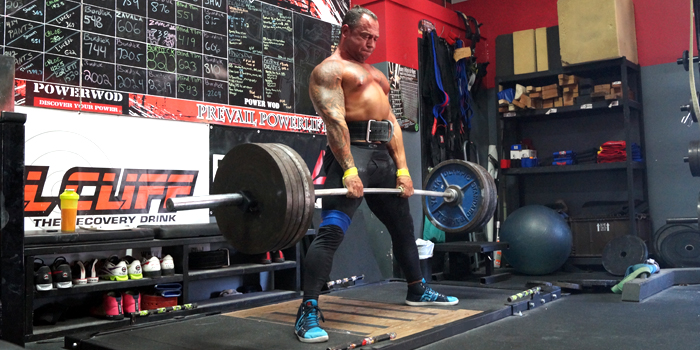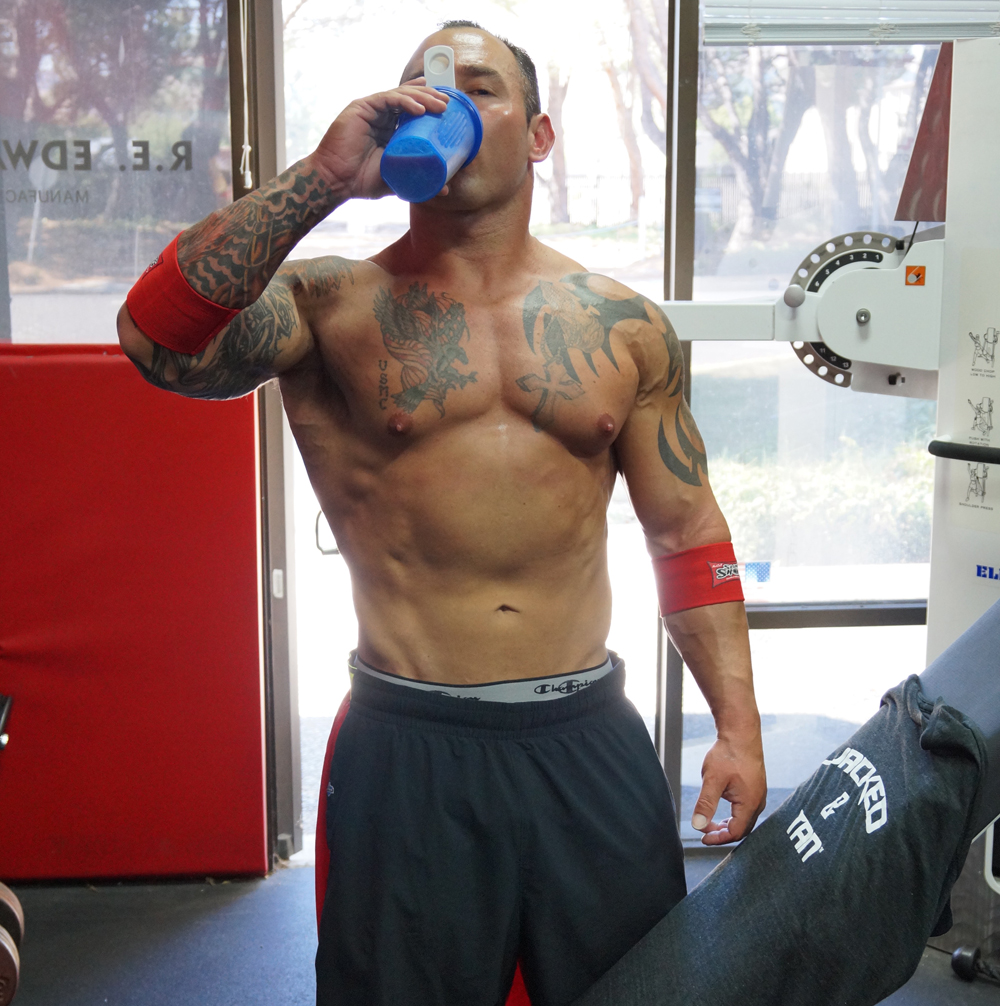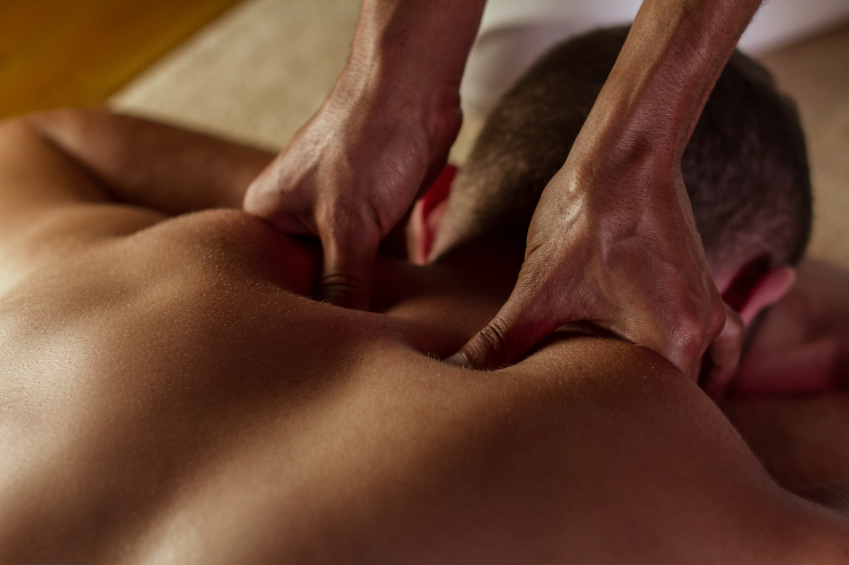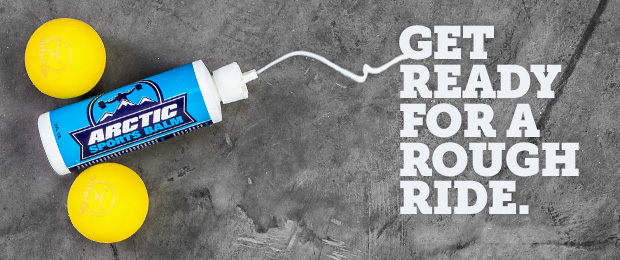
The ability to recover from workouts in a timely manner is key to continuing to make gains and grow week-to-week. Recovery is not only how well you recover day-to-day, but also your ability to withstand more and more on a week-to-week basis as you up the intensity, frequency, and volume. Some key factors to aid in recovery are:
- Sleep
- Proper Programming
- Nutrition
- Restoration Protocol
- Ergogenic Aids/Supplements
- Managing Stress
Sleep is extremely important in that it helps your body regulate back to normal functions, it helps reset and bring down stress levels (cortisol), helps with GH release, and allows you to adapt to the training stimulus. Eight to ten hours per night is ideal for an athlete, along with 15-20 minute power naps throughout the day. You want to keep the naps short in duration as a longer nap will stimulate sleep inertia, which is a period after the nap that impairs performance and alertness.
Researcher Cheri Mah of the Stanford Sleep Disorders Clinic and Research Laboratory has studied the effects of sleep and athletic performance. Mah noted that sleep is a “significant factor in achieving peak athletic performance.” Mah continued that many athletes accumulate a large sleep debt by not obtaining their required nightly sleep, which can have a negative effects on cognitive functioning, mood, and reaction time. Not surprisingly, Mah’s suggests that the “negative effects can be minimized or eliminated by prioritizing sleep in general and, more specifically, obtaining extra sleep aka naps to reduce one’s sleep debt.” This sleep debt can’t be made up with one good night of sleep; it takes weeks to turn it back around.
MORE The Mechanics of Recovery: Knowing When to Recharge
“After sleep deprivation, plasma cortisol levels were higher the next day by 37% and 45% increase and the onset of the quiescent period of cortisol secretion was delayed by at least one hour,” as stated in a study by the Journal of Sleep Research and Sleep Medicine, Vol 20. You put your body through so much stress daily that night time is when you need to relax and reset your cortisol.
A few simple things to improve sleep are blackout curtains (which you can get at Walmart), removing all electronics from your room, having a bedtime routine routine, staying away from TV or loud action packed things that will elevate your heart rate, reading a book that doesn’t get your mind racing, and a little meditation, which is invaluable in and of itself.
Proper programming is huge in your ability to recover from a day-to-day perspective. Too much volume and intensity will lead to overtraining, injury, and too much fatigue, which will all lead to a decrease in performance. The ability to understand programming and waving intensities and volume to allow for proper recovery between training days is huge for progressing forward.
Not going to failure everyday is very important as well; failure training can be okay if implemented correctly, but when it comes to your main lifts, failure should never be an option. Planning out your days and weeks based on wave loading principals is a great way to allow for proper recovery. An example of this would be to have a hypertrophy day where nothing is taken above a RPE of 7, followed up with a heavy day where the RPE is an 8, but with no missed reps. In other words, a technical RPE 8, not a grinder. Follow that up with some more dynamic movements learning to move weight fast and controlled with a RPE 6. Waving your days or sessions like this will help auto-regulate in a way your intensity and volume to allow for proper recovery.
Nutrition is a component in recovery and performance that is often overlooked. Some will go with the war on carbs, or eat whatever they can, or follow intermittent fasting, or any of the other dietary trends currently going around. The key with nutrition is knowing why and what it is used for and the benefits of everything you put into your body. Workouts will deplete your body and the best way to refill it is by eating carbohydrates around your workout.
Workouts also breakdown muscle tissue. If not fueled with enough protein, that muscle tissue won’t recover properly. Workouts also build up cortisol and can cause havoc on your joints and hormones, so eating your fats throughout the day will help bring everything back to a normal status. Gaining too much fat will also slow down recovery, as it is not optimal for your body to be to fat or too lean. The biggest key to improvement in recovery and performance from a nutrition stand point is to:
- Almost never be in an extended calorie deficit.
- Don’t skip any of the macronutrients (fat, protein, carbohydrates).
- Eat the right amount of protein for your bodyweight.
- Time your carbohydrates around your workouts.
Having a recovery/restoration protocol in place will do wonders for your body, mind, and spirit. When all three of those are in perfect harmony great things can happen on the platform or in the gym. This is also often overlooked in its importance to an athlete. It starts with a proper warm-up before the workout. This doesn't have to be anything crazy, just something to get the blood flowing. An example would be:
- 5 minutes on bike
- 5 minutes pulling a sled
- 10 minutes of a dynamic warm up
There are numerous beneficial effects of a proper warm-up:
- Increased resistance of muscle and joints
- Increased release of oxygen from hemoglobin and myoglobin
- Increased rate of metabolic reactions
- Increased nerve conduction rate
- Increased blood flow to muscles
- Increased speed and force of muscle contractions
- Increased baselineoxygcen consumption [1]
Make sure the dynamic warm-up is in conjunction with the exercises that will be lifted that day and try to avoid a lot of foam rolling and static stretching at this time. Both of these techniques have been shown to decrease performance.
RELATED The Full Body, 10-Minute Bodybuilding Warm-Up
A cool-down is just as important as a warm-up. It will allow your body to get blood flowing for muscle repair, discard waste, and to replenish energy in a less intensive manner that will help start the recovery process at a rapid pace. A cool-down is a great time to also work on flexibility with some light static stretching and a light massage with either a foam roller or barbell.
After the workout is done and leading into the next workout, things such as massage, hot/cold therapy, sauna and muscle stimulation can all be used to help with the day-in and day-out recovery process. All these modalities are great for restoration, stress relief, reduction of anxiety, tension, stress, depression, mood improvements, and an increase in well-being [2]. My good friend Jesse Burdock always tells me, "recover harder than you train." He is right, as usual.
Ergogenic aids and supplements can also play a big role in recovery. The use of steroids has a huge role in the recovery process, but also can have some side affects so always consult with a doctor before taking anything of that nature. Supplements can also aid in recovery, whether it be in the form of a sleep aid or the form of a peri-workout drink. Sleep aids can help you get deeper and fuller sleep which, as stated above, is an awesome way to promote recovery. Peri-workout drinks can also help in several ways but the two most important are the blunting of muscle breakdown during the workout and the increase in protein synthesis post workout. Drinking a fast-digesting carb and whey protein mixed with some BCAAs will do the trick in helping you power through a workout with better energy and it will help diminish the catabolic effect of a hard workout on the muscles.
A ratio of 4:1 carbohydrates to protein is an ideal ratio for the periworkout shake. So if you consume 25 grams of protein, you’ll consume 100 grams of carbohydrates. Not only will this drink help with muscle repair, insulin spike, and GH release, it will increase your work capacity during the training session [3].
Stress management is a component of recovery that nobody talks about. Life will always be there it will have ups and downs and being able to manage that will help performance improve tremendously. Ways of coping with stress will be different for everyone, but some recommended ways to deal with it is from meditation, reading, breathing, massage, exercise, and writing.
LISTEN Scott Stevenson's Scientific Approach to Peri-Workout Nutrition
Stress is simply the body's response to changes that create taxing demands. There are two types of stress: Eustress (positive stress) and distress (negative stress). Distress is always going to be around. Learning to cope with it will allow you to keep moving forward in training and in life. Stress prevention is basically about cultivating a balanced perspective towards one's life and place within the world. Generally speaking, the following steps will allow people to reduce stress:
- Becoming aware of what true needs are and are not
- Understanding how to meet true needs (rejecting mere wishes masquerading as true needs)
- Becoming able to resist being exploited or manipulated by other people
Efforts to clarify values, ambitions and social boundaries,
to become aware of physical limitations and meet basic needs,
to recognize and fend off interpersonal exploitation and invasion,
and to cultivate a positive, optimistic and emotionally resilient attitude towards life are all important aspects of developing this perspective [4].
Taking your recovery to the next step will help take your performance to the next level.
References
1. Bishop, D. Warm up II: performance changes following active warm up and how to structure the warm up. Sports Med 33:483-498, 2003
2. Weinber, R. A. Jackson, and K. Kolodny, The relationship of massage and exercise to mood enhancement. Sports Psychol 2:202-211 1988
3. Ivy, J. and R. Portman, The future of sports nutrition: Nutrient timing. North Bergen, NJ: Basic Health; 2004
4. Harry Mills, Ph.D., Natalie Reiss, Ph.D. and Mark Dombeck, Ph.D. sevencounties.org
Tony Montgomery is an elite powerlifter in the 220 and 242-pound weight class. He has worked with clients on training and nutrition for the better part of a decade. Tony coaches and trains at CSA gym in Dublin, California. His best raw total is 1835 pounds raw weighing 220 pounds. In the last eight years, Tony has competed in strongman, crossfit, and bodybuilding.













3 Comments